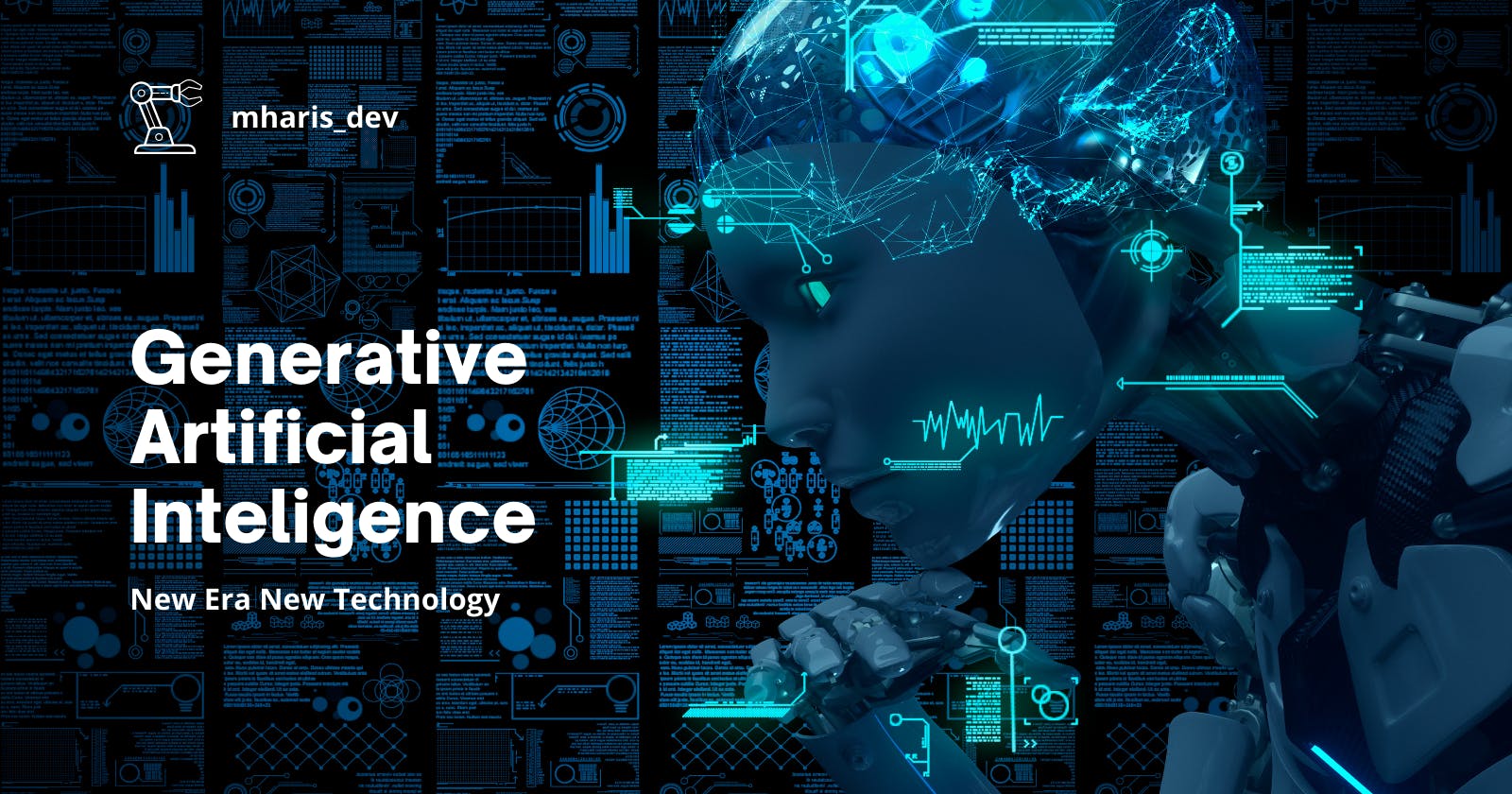Explore:
Are you interested in exploring the world of artificial intelligence (AI) and want to start with Generative AI? Well, you have landed on the right page. Generative AI is a fascinating field that involves developing algorithms that can create new data based on existing data. In this article, we will guide you on getting started with Generative AI.
Introduction
Generative AI is one of the most exciting and rapidly evolving areas of artificial intelligence. With Generative AI, you can create unique and original content, images, videos, and even music. However, it can be overwhelming to get started in this field. That's why we have compiled this beginner's guide to help you understand the basics of Generative AI and get started with your first project.
What is Generative AI?
Generative AI is a branch of artificial intelligence that involves creating new data from existing data. It uses deep learning algorithms to generate new content that is similar to the original data. The goal of Generative AI is to create new data that is indistinguishable from the original data.
How Does Generative AI Work?
Generative AI works by using a deep learning algorithm called a generative model. The generative model is trained on a dataset of existing data, such as images or videos. Once the model is trained, it can generate new data that is similar to the original data. The generative model works by learning the underlying patterns and features of the original data and using that knowledge to generate new data.
Getting Started with Generative AI
To get started with Generative AI, you need to have some basic knowledge of machine learning and programming. Here are the steps to get started with Generative AI:
Learn the basics of Python programming language.
Familiarize yourself with machine learning concepts and deep learning algorithms.
Choose a Generative AI framework such as TensorFlow, PyTorch, or Keras.
Download and install the chosen framework.
Explore the framework's documentation and tutorials.
Start with a small project to get a better understanding of Generative AI.
Popular Generative AI Frameworks
There are several Generative AI frameworks available that you can choose from. Here are some of the most popular frameworks:
TensorFlow
TensorFlow is a popular open-source machine learning framework developed by Google. It has a wide range of applications in the field of artificial intelligence, including Generative AI. TensorFlow is known for its flexibility and ease of use.
PyTorch
PyTorch is another popular open-source machine learning framework that is widely used in the field of artificial intelligence. It is known for its simplicity and ease of use. PyTorch is also very flexible, making it a popular choice for Generative AI projects.
Keras
Keras is a high-level machine learning framework that is built on top of TensorFlow. It is known for its simplicity and ease of use, making it an excellent choice for beginners. Keras is widely used in the field of Generative AI, and there are many resources available for getting started with Keras.
Generative AI Applications
Generative AI has a wide range of applications in various fields, such as:
Art and design
Music composition
Video game development
Language translation
Image and video synthesis
Content creation
FAQs
What are the prerequisites for learning Generative AI? Ans: To learn Generative AI, you need to have basic knowledge of programming languages such as Python, mathematics, and machine learning.
What is the difference between Generative AI and other types of AI? Ans: Gener
